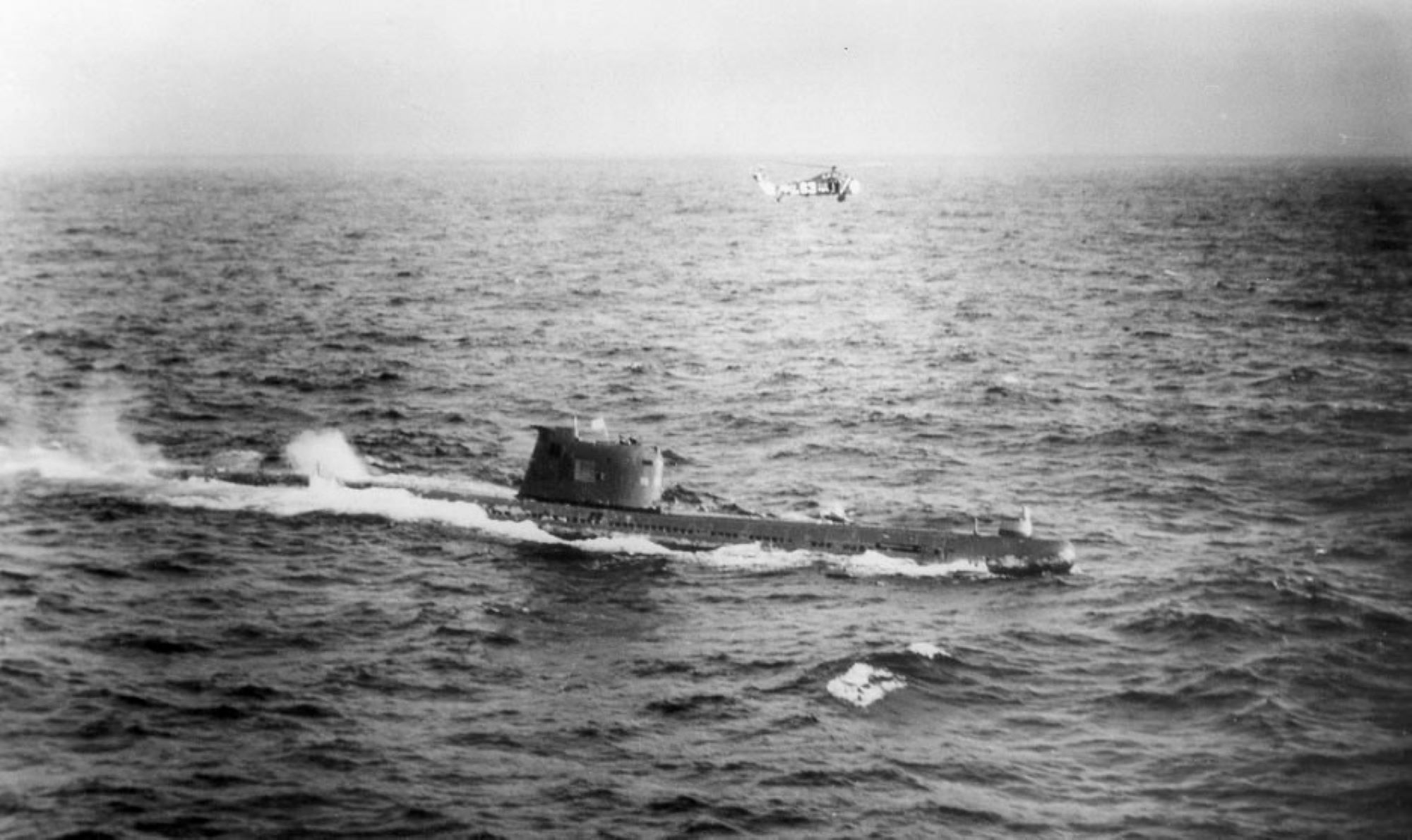The virtual seminar will be held from 12:30 p.m. to 2:00 p.m. (ET)
In a major new book, Gambling With Armageddon, Martin Sherwin revisits the 1962 Cuban Missile Crisis, which many consider to have been the closest the US and USSR came to nuclear war during the Cold War. During the crisis, President Kennedy believed there was a 30% to 50% chance of nuclear war, and that 200 million people might be killed. Sherwin sees the crisis as not just the famous 13 days in October but as a long crisis that was set in motion by the creation and use of nuclear weapons in 1945 and evolved over the following seventeen years as the post-World War II world struggled to come to terms with the bomb and superpower rivalry, and burst into view in 1962. Tracking the disputes among decision-makers in Washington and Moscow and the efforts by Kennedy and Khruschev to both threaten each other and to avoid war, Sherwin challenges traditional narratives of the crisis by drawing attention to the role of technology and luck in creating and preventing a catastrophe.
About the speaker: Martin J. Sherwin is University Professor of History at George Mason University and Walter S. Dickson Professor of English and American History Emeritus at Tufts University. He also has held positions at Princeton University, the University of Pennsylvania, and the University of California, Berkeley. He is the author of ‘A World Destroyed: Hiroshima and Its Legacies”, which won the Stuart L. Bernath Prize, as well as the American History Book Prize, and the co-author, with Kai Bird, of “American Prometheus: The Triumph and Tragedy of J. Robert Oppenheimer”, which won the Pulitzer Prize for biography in 2006. He was a serving US navy officer during the Cuban Missile Crisis in 1962.
